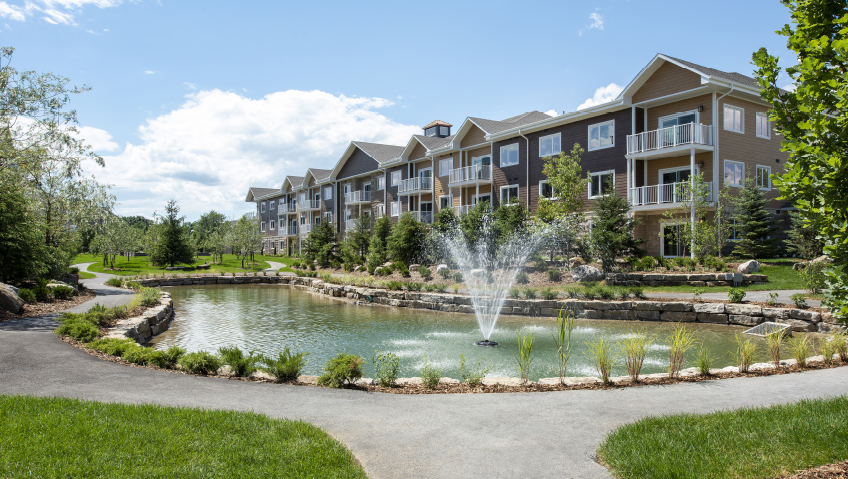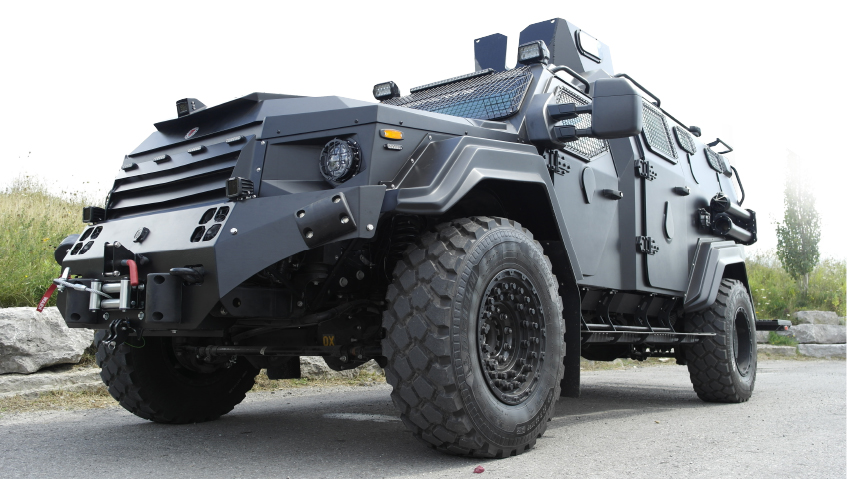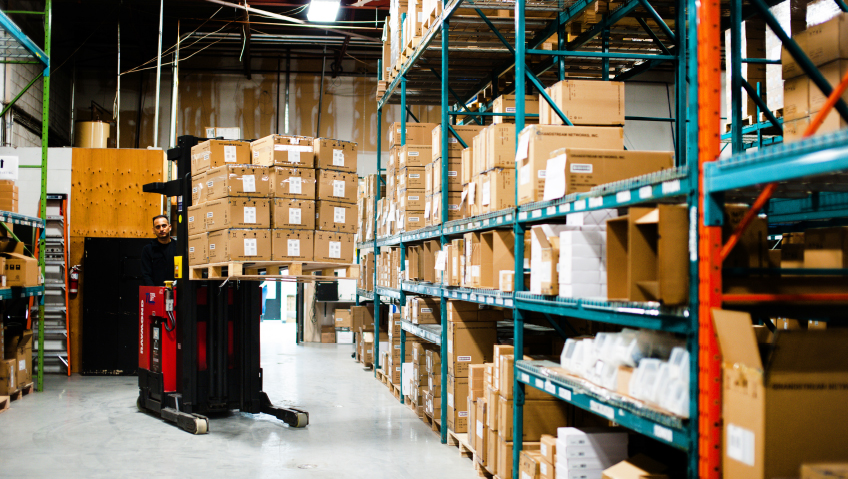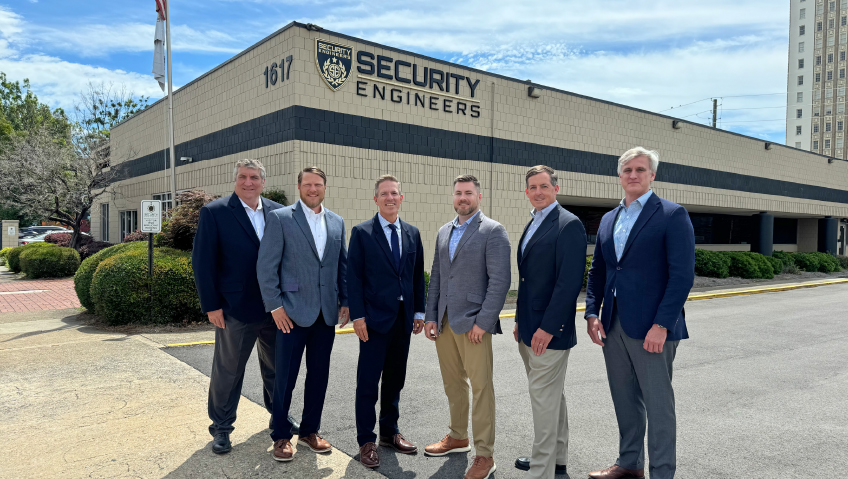“As multi-residential home builders, we have to make logical choices so people can afford those properties and we strive to do this through excellence in standards of energy efficiency and sustainability,” says Francis Lépine, President of Lépine Apartments. “Do you want to really use wood because it’s less expensive? Or do you want to use concrete because you won’t have to replace housing inventories for the next few centuries?”
A family-run property management and apartment development company, Lépine Apartments has been breaking new ground in multi-family real estate and creating new rental markets in eastern Ontario for more than 60 years, building low-maintenance residences while also contributing to the ecologically friendly growth of communities. Surrounded by greenery, an abundance of natural light, and modern heating and cooling systems, Lépine Apartments strives to maintain a focus on conservation, ecology, green living, and durability.
“Another synonym of sustainability is durability,” Lépine says. “We work in rental properties, so durability is a must. Housing is a very expensive product, and you need time to amortize its costs. If in time you do not have a durable product, then you’re back to square one having to replace it again.”
Historically, he says, structures that have stood the test of time are largely made of stone. “In the ancient societies, it’s all stone. You’ll find very few pieces of lumber, if any. Stone and mason concrete product will last multiple centuries, whereas wood will last only a few generations.”
While the common perception is that wood is “greener,” for Lépine, sustainability involves creating structures that will last much longer and have a less damaging impact on the environment. And concrete doesn’t have to be synonymous with ugly.
“We take it literally that you can build a beautiful house to any scale, but if the yard looks like a dump or a parking lot, it looks bad,” Lépine says. “You need to have nice landscaping surrounding a house and the same thing goes for any building. Whether it’s sod, or planting shrubs or trees, we can dress up our massive buildings a bit similarly to the way you would treat a simple bungalow.”
For Lépine, this includes having the vast majority of parking underground, essentially removing It from view. In cases where the company has to extend parking outside the tower’s footprint, the team creates a podium situation and simply puts backfill over the concrete slab, a foot or two of soil on top, and plantings on top of the podiums.
“If you look at the building, it looks like it’s got a massive courtyard of green, not a parking lot,” says Lépine. “Too many places are done with parking lots that then become a coat of asphalt over your spare area or lawn area. So you’ve got concrete and tar on the rooftop of the building and then asphalt and concrete for sidewalks—that’s not too green in my books,” he says.
Parking lots are going to be there for a “very, very long time,” so putting them underground rationalizes the use of land while increasing the density of development done on large lot areas. “It also looks better. It’s more attractive,” Lépine adds. “It’s like the dream house with a white picket fence. It’s not about the fence itself; it’s about the courtyard you have around the house. You want to have your house and your property around it feel like this. You can implement that same logic for 200 units stacked one on top of the other.”
Design has changed over the decades, of course, with new techniques arising and desired styles evolving, but creating a livable, healthy, and sustainable space remains a top priority for the company. One trend Lépine has noted of late is the floor-to-ceiling windows, which, from an ecological standpoint, are impractical.
“This scaling of your windows has to be designed for people living inside, not for people outside looking at the building, which we see too often,” he says. “They’re also the weakest point of the building envelope. No matter what engineering techniques are used, it’s still glass, and glass is weaker than a solid surface that is properly thermally insulated.”
Lépine aims to reduce the ratio of glass in a building to an amount where, when you’re inside the unit, you still have nice views and bright sunlight, but it’s much more ecologically sound. “With floor-to-ceiling windows, you’re not only reducing your wall space, but your thermal efficiency. A solid wall over time will outperform glass.”
For the company, prefabricated concrete is also high on its list of requirements, but the overall industry isn’t quite there yet. “It’s going to take centuries before there’s more and more prefabrication; it has to be an evolution,” Lépine says. “We have to look at it by components: what type of components can we pre-assemble in that plant and then bring to a site for a more mechanical type of assembly line where we can improve quality—not only quality control, or speed and efficiency, but also the durability of the product we build.”
Speed of construction alone should never be the focus, he adds, even if it means saving a few months of interest or gaining a few extra months of rent. “The end game should be to look at the quality of the building and its durability and cost efficiency,” Lépine says. “Every piece of energy you save is less money you’ll have to spend over the long run.”
If you think the cost of electricity is high now, he adds, what is it going to be 50 years from now? Or just 10 years from now?
“It’s important to try to maximize the efficiencies of every component of a building, whether internal or in the common areas or the portions that are the resident base, because it all feeds into the system,” Lépine says. “It’s good to balance everything out and use the most efficient techniques there are. LED lighting came up a number of years ago, and it seemed great, but on the sustainability side, when the fixture burns out, I can’t change a bulb; I have to scrap the fixture and change the whole thing.”
Marrying the two ideas of efficiency and durability is much more difficult than people realize and something many developers don’t understand. “It’s a big balancing act. And when it comes to the total package of pricing a building, how do we translate that into a rent the market can afford? It’s a major challenge.”
Shrink wrapping properties to try to minimize costs is a popular method, he adds, but in the long run, humans can’t stay in a small, confined space for very long, before migrating in a quest for renewal, which in turn puts more wear and tear on buildings.
“As a society, I don’t think that’s the ideal solution; people need space. As builders, if we build a larger proportion of larger units, we know those are going to be more stabilized, people will stay there longer, and buildings will maintain them better with less wear and tear on them.”
Essentially, it’s about the quality of life for the residents, the community, and the citizens for Lépine while still aiming to succeed as a business in an industry where financial viability is key to obtaining financing.
“When you build quality, eventually the market recognizes it,” he says. “You need to brand yourself otherwise people forget who did it. The market’s the market. There’s a high demand for inexpensive stuff, but in residential construction If you build too much cheap stuff, then you’re kicking the can down the road and then a couple of generations later this stuff all becomes derelict, it falls apart.”
While recent—and ongoing—challenges such as COVID, sluggish housing sales, less disposable income, and high interest rates have plagued the industry at large, Lépine is hopeful for the company’s future, but is concerned about the excessive push for going green for green’s sake.
“The young generation is buying into this too much and supporting politicians way too much,” he says. “They cannot even afford what they wish, and the younger generation is shooting themselves in the foot.”
New technologies can take generations to make a difference and in the meantime the push for environmentalism—and the speed involved in doing so—can do more harm than good. “Like any industry, we can do any number of things, but give us the time and the people to do it. All these things are going to cost more, and it can’t be done overnight.”
Governmental support is essential and not always easily or quickly attained, especially in the environmental realm. When attempting to install solar panels on rooftops, for instance, in some cases it took more than a year for Lépine to gain provincial authority and receive the proper meter for the base build.
“We can provide solutions, but we need time,” Lépine says. “Engineering is not up to par; they can’t do the metering properly for a utility company and they’re trying to shove it down our throats. All of these things are created to put in these green initiatives, and what’s worse is when municipalities try to impose it at the permit stage.”
These impositions, he adds, are project “killers” that make developers think twice about proceeding as the projection of the cost of building goes through the roof. But despite the bureaucratic roadblocks, Lépine remains optimistic.
“We have a very far long-term outlook on things,” he says. “Building a building is a feat by itself; it’s a complex project. But building a company, that’s a lot. Building a company that will last for centuries, that’s our hope.”
Some of the approaches he hopes to take as the company grows include creating its own REITs for portfolio of property management, which will help grow the shareholding potential. “Those are some of the stepping stones in growing the enterprise, but it’s about holding these values and implementing them on construction sites so they turn into buildings that are then operated in the long run for decades and generations to come.”
Population growth is not going to slow in upcoming decades, which will lead to even more demand for affordable, sustainable housing—and Lépine plans to be there. “I would like the company to be around in the centuries to come, so these are the principles and values we uphold. We need to hold the line and keep on it. It’s not just a money game; it’s for the long run.”






